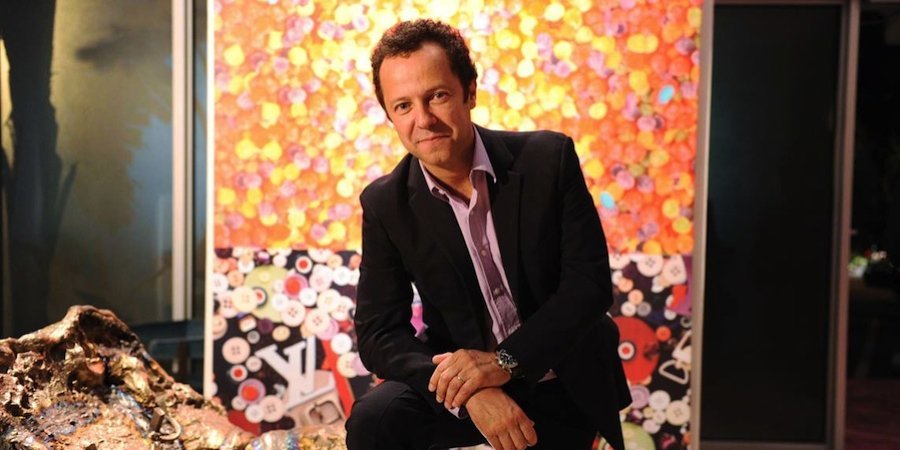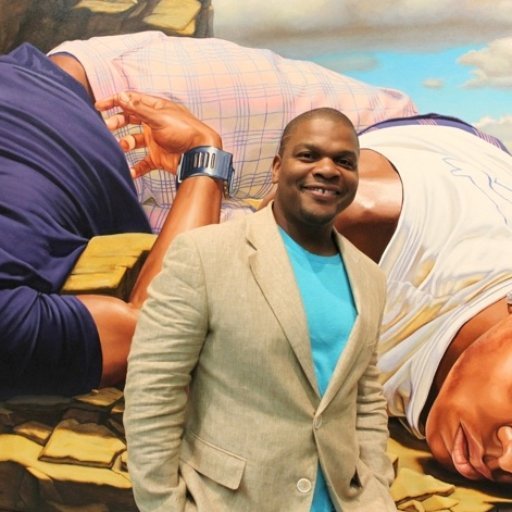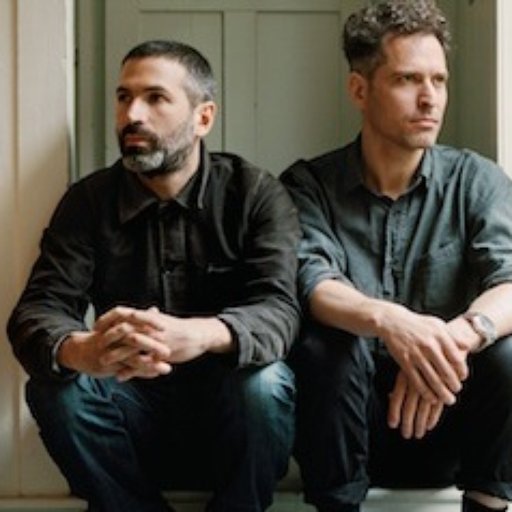BY THE NUMBERS
— Sotheby's this week announced a dividend payout to shareholders—but the news did little to calm feisty investors who have been calling for action to move the house out of its usual second-place position. It's one price CEO William Ruprecht pays for heading a publicly traded company, which many analysts believe puts it at a disadvantage against Christie's, which is owned by François Pinault. Another requirement is that Ruprecht make periodic conference calls explaining business strategy. Recently coming to light from one such call was his revelation that sales of artworks worth $5,000 or less constituted just over 1 percent of sales volume but around 16 percent of individual transactions. The trend for two decades has been to move toward higher-valued lots (with both of the leading houses moving out of the market for emerging art over over the last two decades), but these figures show just how unlikely it is that the houses will be moving back into that sector.
— Some Asian observers, speaking of the approach taken by Art Basel since assuming control last year of Art HK, Asia's premier art fair, have complanied of a heavy-handed push toward homogenized globalism. In contrast, Art Stage Singapore is challenging its older and bigger rival with a tactic that might be called variegated regionalism. Under the helm of Lorenzo Rudolf, Art Basel director during the 1990s, Singapore has focused its attention on the galleries, artists, and collectors of Southeast Asia, with outreach to the varied art scenes arrayed between Japan and India and Australia.
While some Westerners called it a weak opening two weeks ago, local reports touted strong sales, ranging from videos by Japanese collective teamLab (sold by Ikkan Art International) to paintings by Singapore's Jane Lee (Sundaram Tagore) to bronzes by Indonesian artist Yunizar (Gajah) to photographs by Liu Bolin of China (Galerie Paris-Beijing), with all works going for between $20,000 and $40,000. While everyone talks about today's global art world, Rudolf's concept—better suited to nurturing local talents with regional followings—might prove a model for emerging markets in South America, the Middle East, and Africa.
— Ralph Esmerian—the gem dealer who rose to chair the board of the American Folk Art Museum before being sentenced to six years in prison in 2011—amassed a spectacular collection of folk works, happily crossing boundaries in a category where collectors often focus on narrow categories like Pennsylvania painted furniture or weathervanes. This month, 200 of these pieces were dispersed by Sotheby's earning $12.95 million, the highest total ever for a folk art sale, thanks to such works as the 1923 Santa Claus ($875,000) and a portrait by the husband-and-wife Ruth and Samuel Shute ($665,000). Esmerian can take pride in the record, but his creditors get the money.
IN THE NEWS
— Like many fairs, each edition of Frieze supplements the frenetic sales activity with an assortment of artist-conceived projects, often performance-based. For its third outing in New York, running May 9 through 14, the organizers promise a recreation of Allen Ruppersberg's business-as-installation Al's Grand Hotel, which functioned for six weeks in 1971. The reincarnation will feature just two rather than the original seven guest rooms, so book your stay now. Also in the works: a music festival with local bands put together by Naama Tsabar; alternative transportation services courtesy of Marie Lorenz; and works by Koki Tanaka, Darren Bader, Eduardo Basualdo, and Eva Kotátková.
— The decades-in-the-making Second Avenue subway line will be sprucing up its Upper East Side stations with art befitting a neighborhood that is home to the Met and the Gugg—the Whitney, alas will have decamped downtown by the time the trains start running. Sarah Sze will produce landscape-inspired drawings on porcelain for the 96th Street station; Chuck Close's portraits will adorn 86th Street; and Vik Muniz will create a rumination on urban crowds for 72nd Street.
— Collaborations are old hat in the art world, but in recent years they seem to be earning a new level of respect, just ask Wade Guyton and Kelley Walker. Hoping to capitalize on the trend, the Art Cologne fair and the New Art Dealers Alliance have teamed up to expand the concept with a new platform at the April fair. Among the 30-plus galleries that will be pairing up with each other or with curators are Chicago's Corbett vs. Dempsey, Berlin's Thomas Schulte, and New York's Salon 94.
AWARDS AND KUDOS
— On the occasions of this weekend's Art Los Angeles Contemporary fair, Artadia has announced the winners of its 2013 Los Angeles awards for remerging artists: Cayetano Ferrer, Vishal Jugdeo, Nicole Miller, Stanya Kahn, and Kerry Tribe.
— Corin Sworn won the Max Mara art prize for women, presented under the auspices of London's Whichapel Gallery. The Glasgow-based video and installation artist is represented in the United States by ZieherSmith.
— On April 24, at its 33rd annual gala and silent auction, the venerable-but-still-vital Bomb magazine celebrates the contributions of art-world worthies including artists Charline von Heyland Billy Sullivan, collector-philanthropists Melva Bucksbaum and Raymond Learsy, and curator Klaus Kertess.
COMINGS AND GOINGS
— Phillipe Verge, 47, has been appointed director of the Museum of Contemporary Art in Los Angeles, filling the vacancy left by the departure last year of Jeffrey Deitch. Vergne, having already served as director of Marseille's contemporary museum and the Dia Art Foundation in New York, promised to place the focus at the museum on contemporary artists making adventurous work.
— Zach Feuer has paired with Joel Mesler of Untitled gallery to open an exhibition space in picturesque Hudson, New York. The first show at Retrospective featured the paintings of Jamian Juliano-Villani.
— Martha Beck, who founded of the Drawing Center in 1977 in a SoHo warehouse to counter what she saw as neglect of the medium by the city's museum, died early this month at 75 years old.
— Sotheby's promoted Cheyenne Westphal of London and Alex Rotter of New York to worldwide heads of the Contemporary Art Department. Among the intriguing if rather random statistics in the press release: The house has seen contemporary art sales increase by 528 percent over the last decade; last year, the company nearly doubled the number of works selling for more than $20 million to 13; and 34 percent of Westphal and Rotter's team are under the age of 35.



























